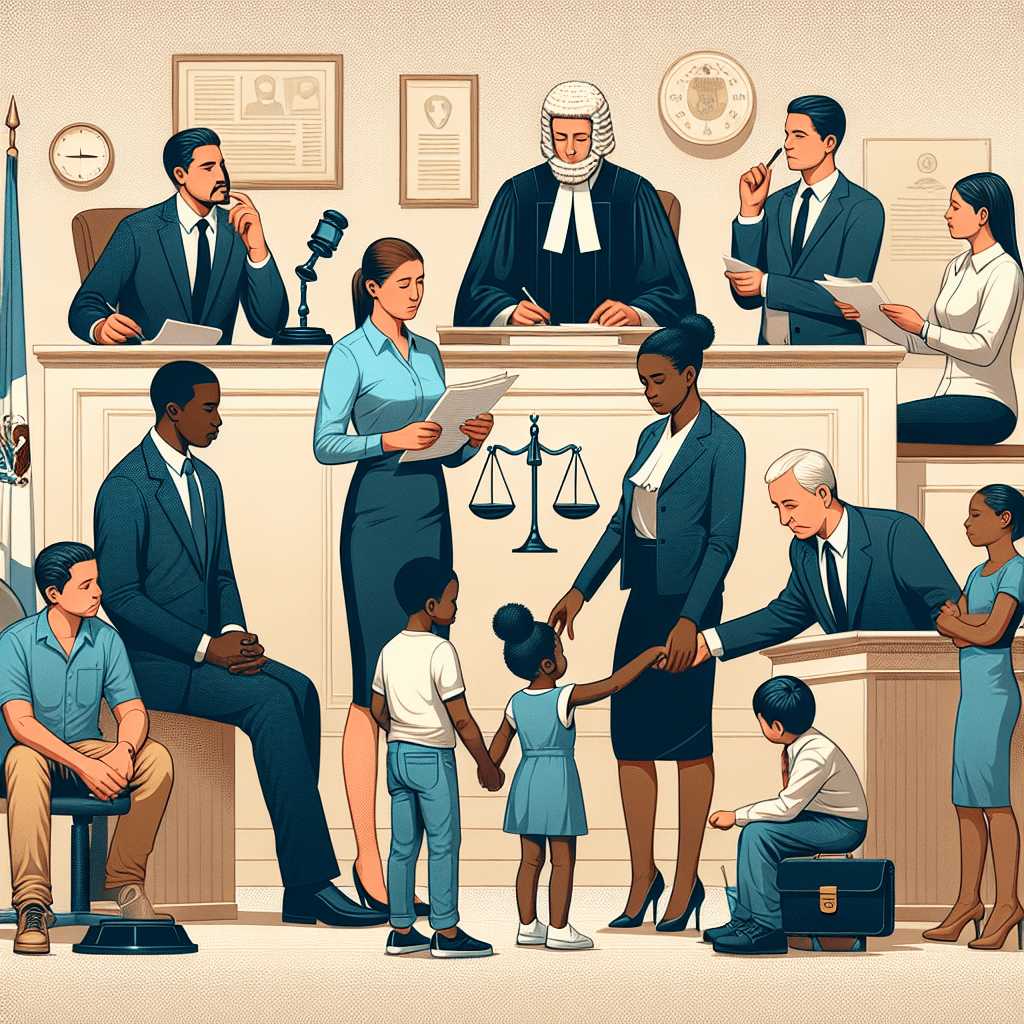When parents decide to part ways, one of the most important issues to resolve is child custody. Determining who will care for the children can be a delicate process, often requiring the court’s involvement to ensure the children’s best interests are met. But how exactly is child custody determined in court? Let’s explore the essentials of this process in a straightforward and engaging way.
Understanding Child Custody
Child custody is broken down into two main components: physical custody and legal custody.
- Physical Custody: This refers to where the child will live on a day-to-day basis. It can be sole (where the child lives with one parent) or joint (where the child spends significant time living with both parents).
- Legal Custody: This involves the right to make major decisions about the child’s life, including education, health care, and religious upbringing. Like physical custody, legal custody can also be sole or joint.
Factors Courts Consider
When determining who gets custody, the court’s primary concern is the best interest of the child. Various factors can influence this decision, such as:
1. The Child’s Age and Needs: Younger children may have different needs than older ones. For instance, a younger child’s bond with their primary caregiver might be a significant factor.
2. Parents’ Physical and Mental Health: The court will consider each parent’s ability to care for the child physically and emotionally.
3. Parent-Child Relationship: The bond between each parent and the child can impact custody decisions. A parent who is more actively involved in the child’s life could be given more custody time.
4. Stability: The court examines the ability of each parent to provide a stable home environment. This includes considering factors like housing, schooling, and community connections.
5. History of Domestic Violence or Substance Abuse: A history of violence or substance abuse can heavily influence a custody decision, as the safety of the child is paramount.
Common Custody Arrangements
While each family’s situation is unique, some common custody arrangements might emerge from court rulings:
- Sole Custody: One parent has both legal and physical custody. This can happen if the other parent is deemed unfit due to reasons like neglect, abuse, or substance issues.
- Joint Custody: Both parents share legal and/or physical custody. This promotes continued involvement of both parents in the child’s life.
- Split Custody: Less common and typically applied to multiple children, where each parent is awarded full custody of different children.
Practical Tips for Navigating Custody Decisions
1. Be Honest and Cooperative: Showing the court that you are willing to cooperate with the other parent can work in your favor.
2. Focus on the Child’s Needs: Keep the child’s well-being at the forefront. This not only helps in court but also eases the transition for the child.
3. Document Everything: Keep records of your involvement in the child’s life, such as medical appointments, school meetings, and shared activities. This can be helpful in demonstrating your commitment and involvement.
4. Seek Mediation: Before heading to court, consider mediation. It’s a less adversarial way to reach a custody agreement and can lead to more amicable arrangements.
5. Consult a Lawyer: Finally, while understanding the basics is beneficial, consulting a legal professional can provide guidance tailored to your situation. Legal intricacies can vary, and professional advice ensures you’re informed and prepared.
Understanding how child custody is determined in court is crucial for any parent going through this process. Knowing what factors courts consider and the types of custody arrangements available can prepare you for what to expect. Remember, the overarching goal is to ensure the decisions made serve the best interests of the child.








